TRACK DRIVING
PERFORMANCE DRIVING SERIES
So you’ve spent thousands of dollars on your car – installing a set of coilovers, changing the brakes to a larger size, or even fitting a free-flowing exhaust system. With heavy traffic everywhere in Singapore, there’s no other place to fully exploit your car’s newfound performance gains except the racetracks up North. For the beginner ‘trackie’, you might want to simply turn up and have fun, attempting to attack the corners without any preparation beforehand. Tempting as that might be, it can prove dangerous if you subject your car to the stresses of driving on track without proper preparation. While you should also pay attention to your engine and brakes, here are some tips to get your tyres ready for the track.
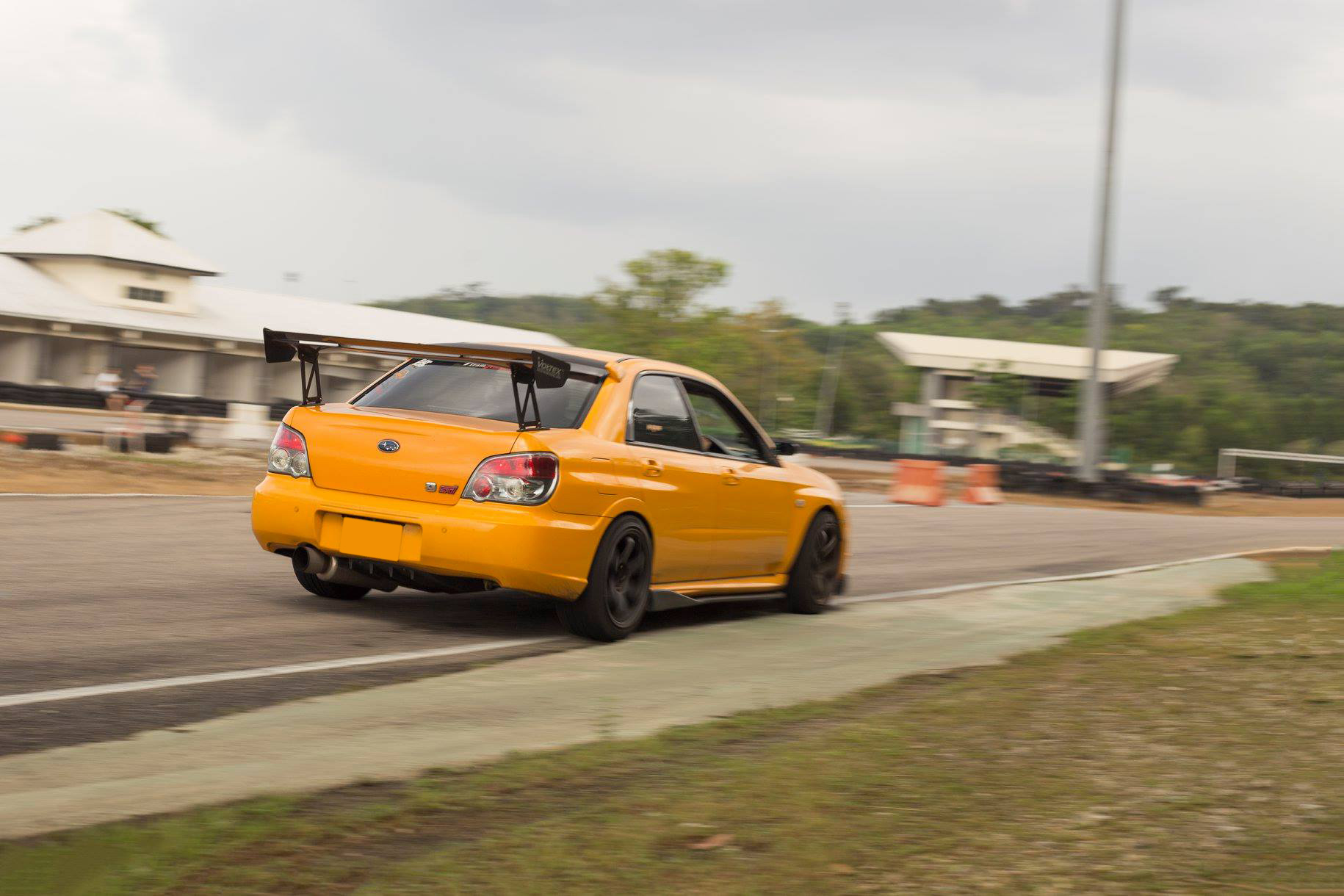
Suitable Tyres
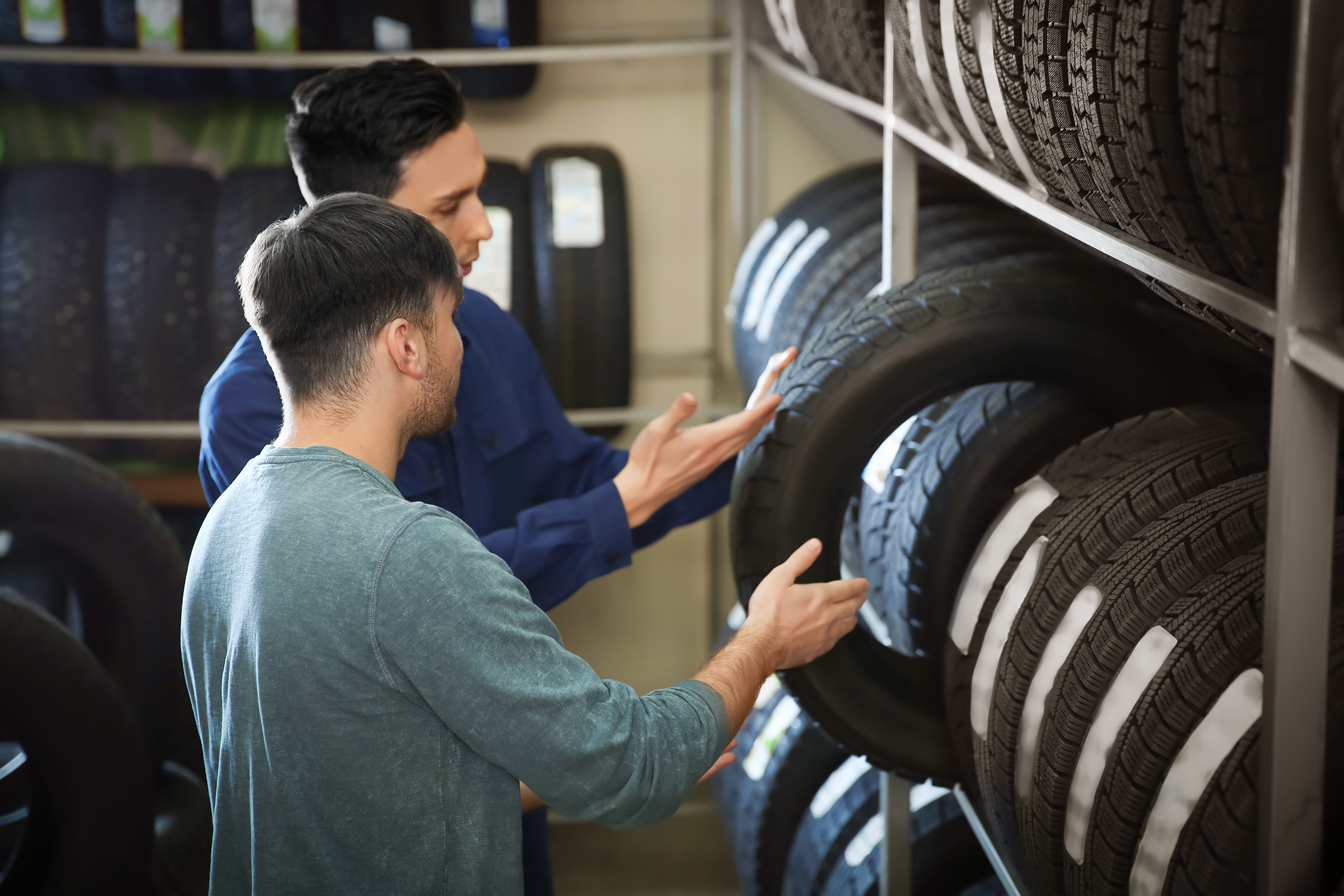
The four small patches of your tyres are your car’s only point of contact with the track surface – therefore it’s extremely important that you pick suitable tyres. Certainly, a set of touring tyres might get you around the track, but their comfort-biased characteristics mean that you won’t be able to extract the maximum performance out of your car.
Tyre performance depends on two main characteristics – the tyre compound, and the tread pattern. Track-biased or racing tyres typically have a soft tyre compound, which brings it up to operating temperature quickly and offers more grip. These tyres also feature a shallower tread pattern which allow it to provide more grip yet stay street-legal.
Heat Cycling
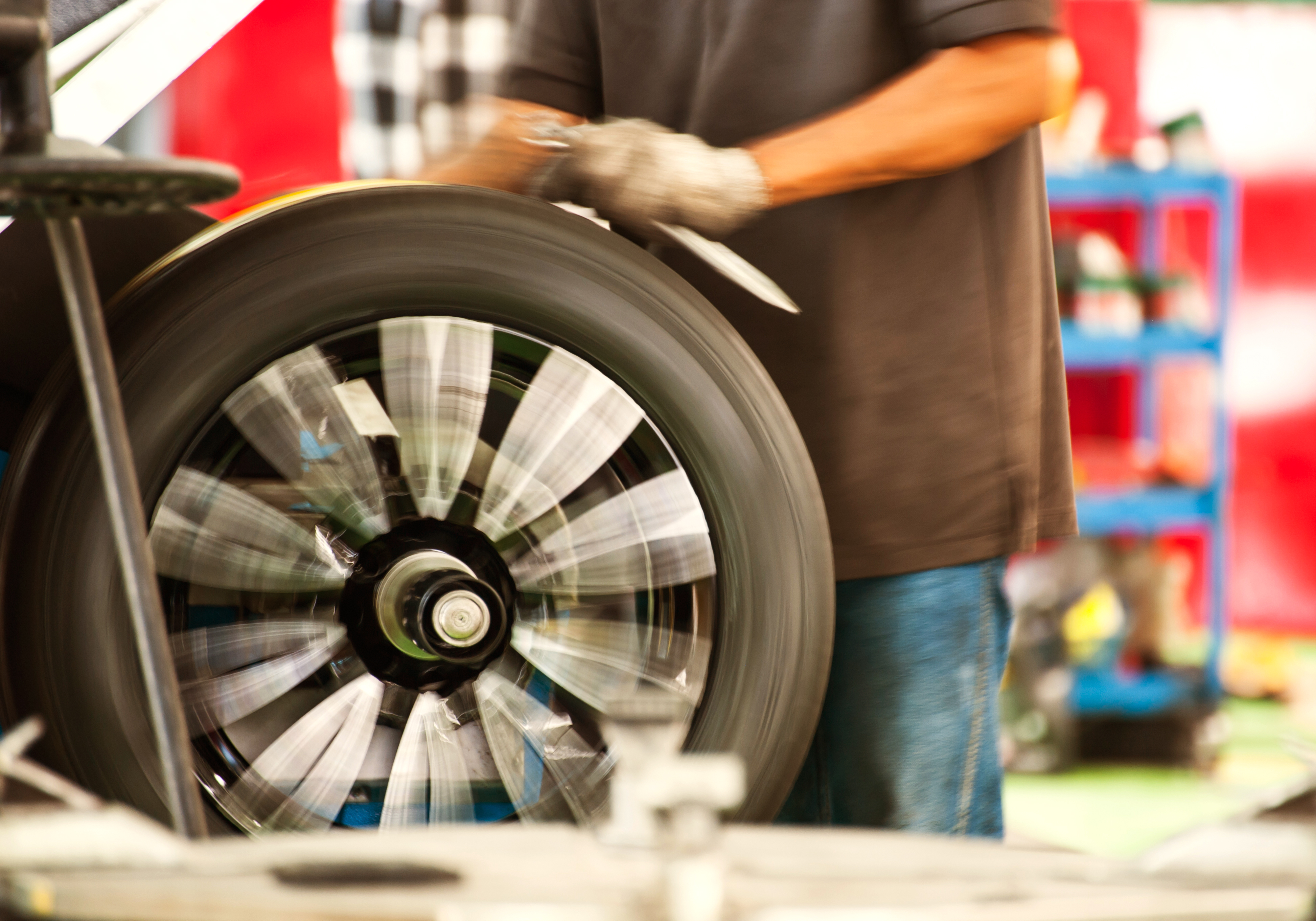
If you think that tyres are all about physics and nothing about chemistry, you’d have thought wrong! For certain tyre compounds, such as those designed specifically for racing or on-track usage, require a specific method of ‘breaking in’ to optimise their performance throughout the lifespan.
This process is termed ‘heat cycling’, where the tyres are heated up and cooled down repeatedly to create a stronger bond, allowing it to perform consistently throughout its lifespan and provide better traction and more responsive handling.
Air Pressure
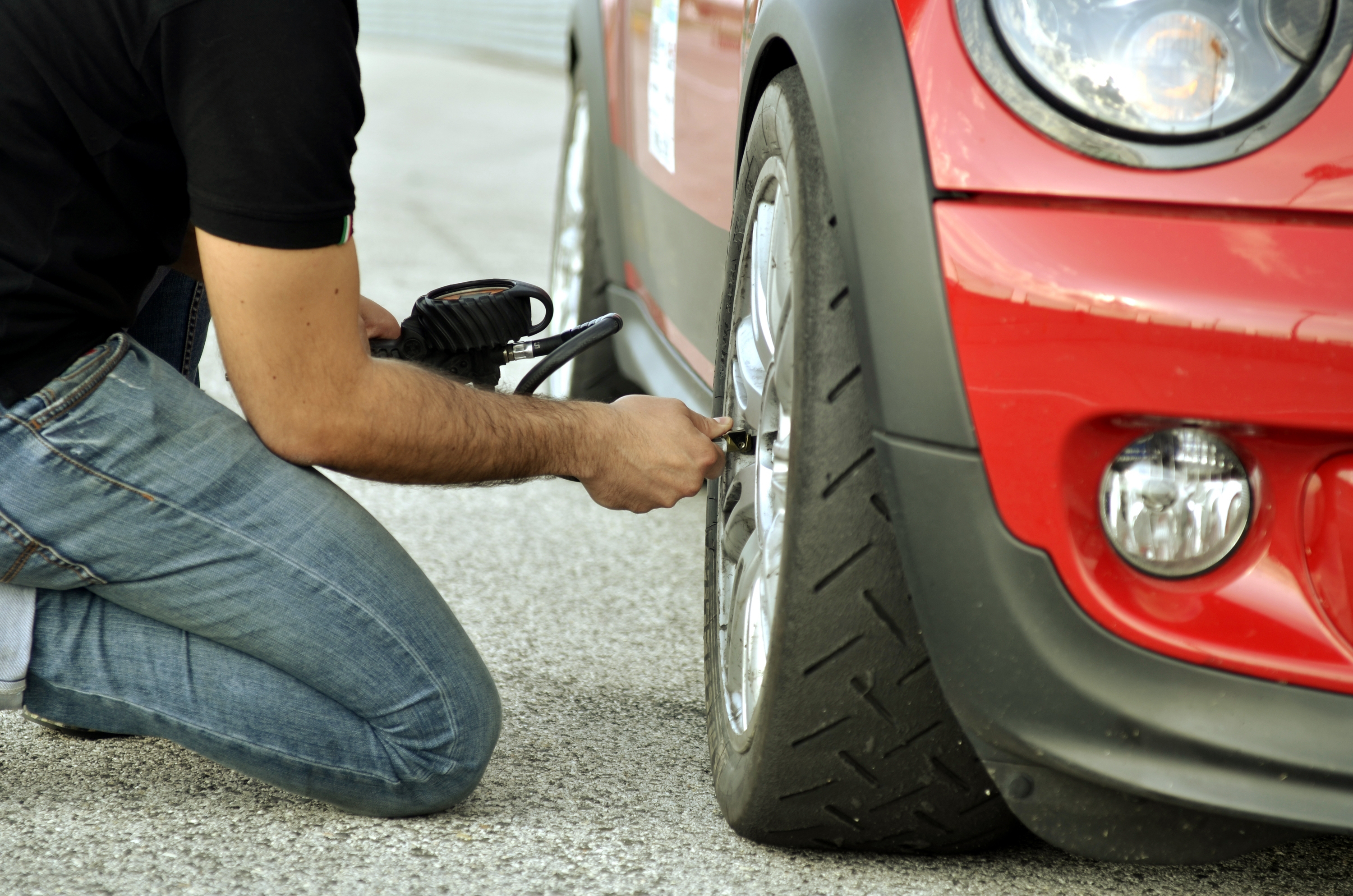
You’ve heard it from us, from your tyre dealer, and even from your friends – tyre pressure plays an important role in tyre performance on the street. This fact holds even more true on the track, as the variance in air pressure changes that shape of the contact patch, directly impacting handling and performance.
There’s no universally applicable air pressure that guarantees the best performance for each and every car, but instead, determine the optimum air pressure for your car through experimentation. The best way to do this is to adjust your air pressure up and down by 2psi (14kPa) and run timed test laps to determine what air pressure results in the best lap time.
Tyre Storage
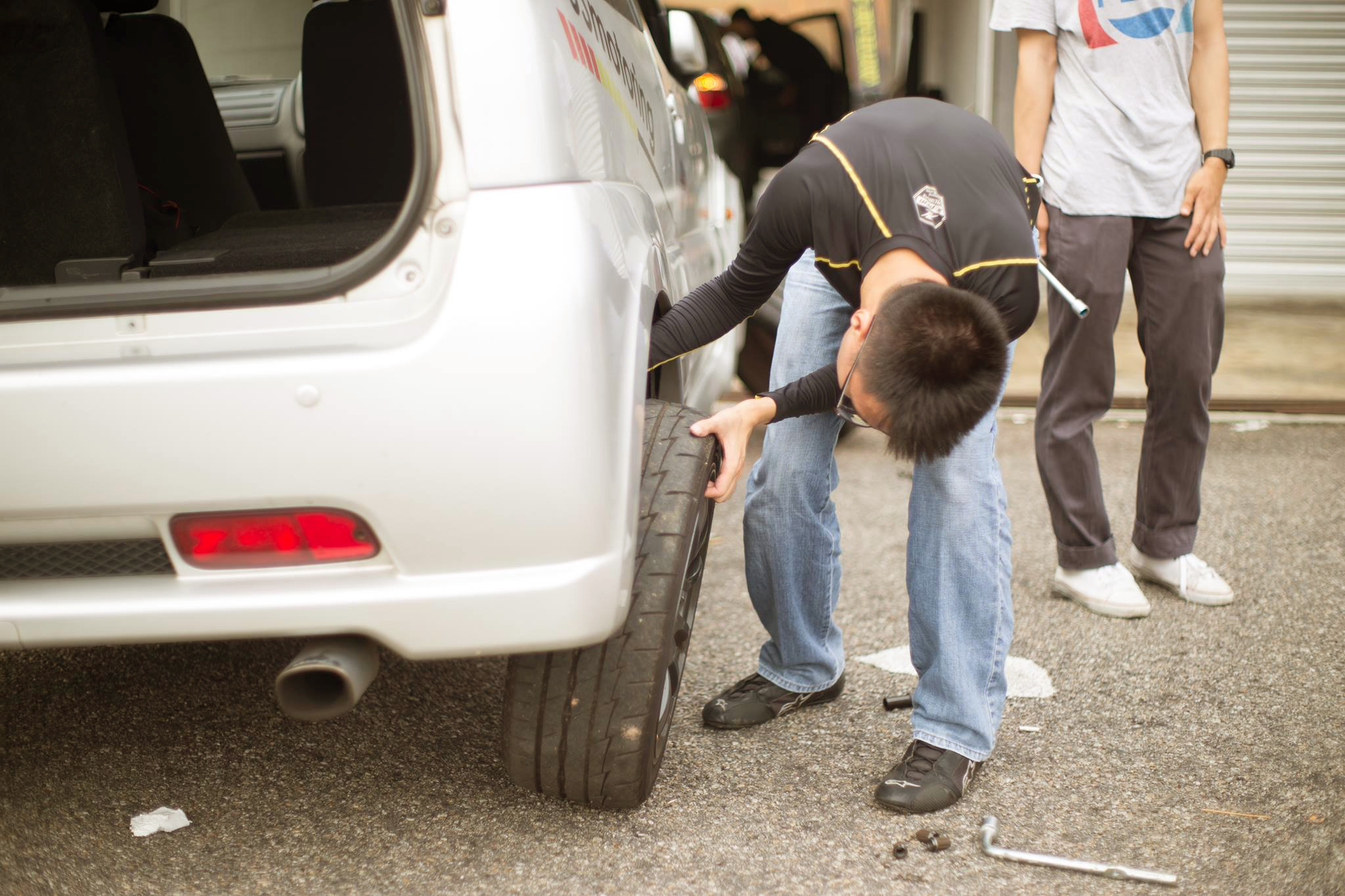
When your car goes back to serving commuter duty, ferrying you to and from work, don’t neglect your track tyres! Just like new tyres, track tyres when unused should also be stored in a cool and dry place.
If possible, the tyres should be removed from the car, have all air released from them, and stored on their sides in a black plastic bag. Don’t forget to keep them sheltered from the elements, and away from temperatures higher than 32 degrees Celcius.
For tyres that provide ultimate handling and response, check out our POTENZA performance tyre range to find a tyre that best suits your track driving needs!